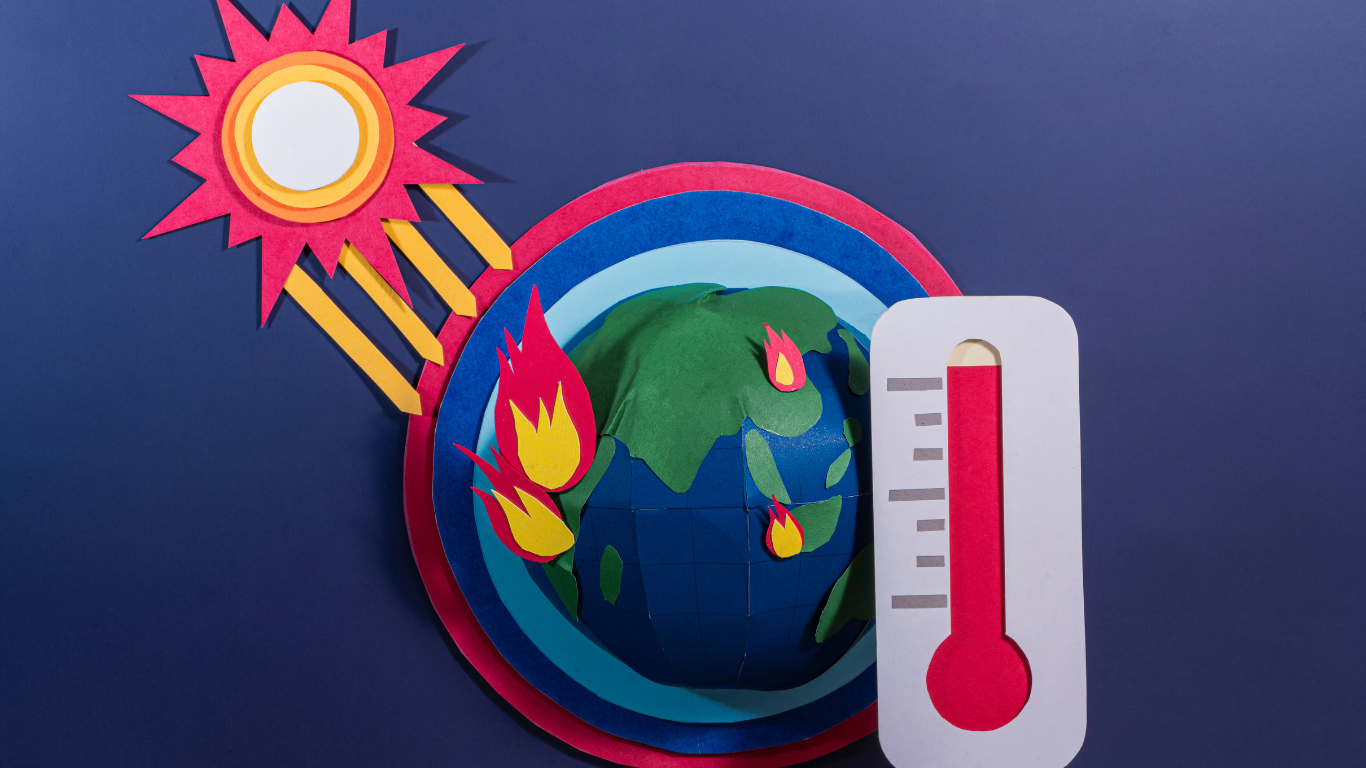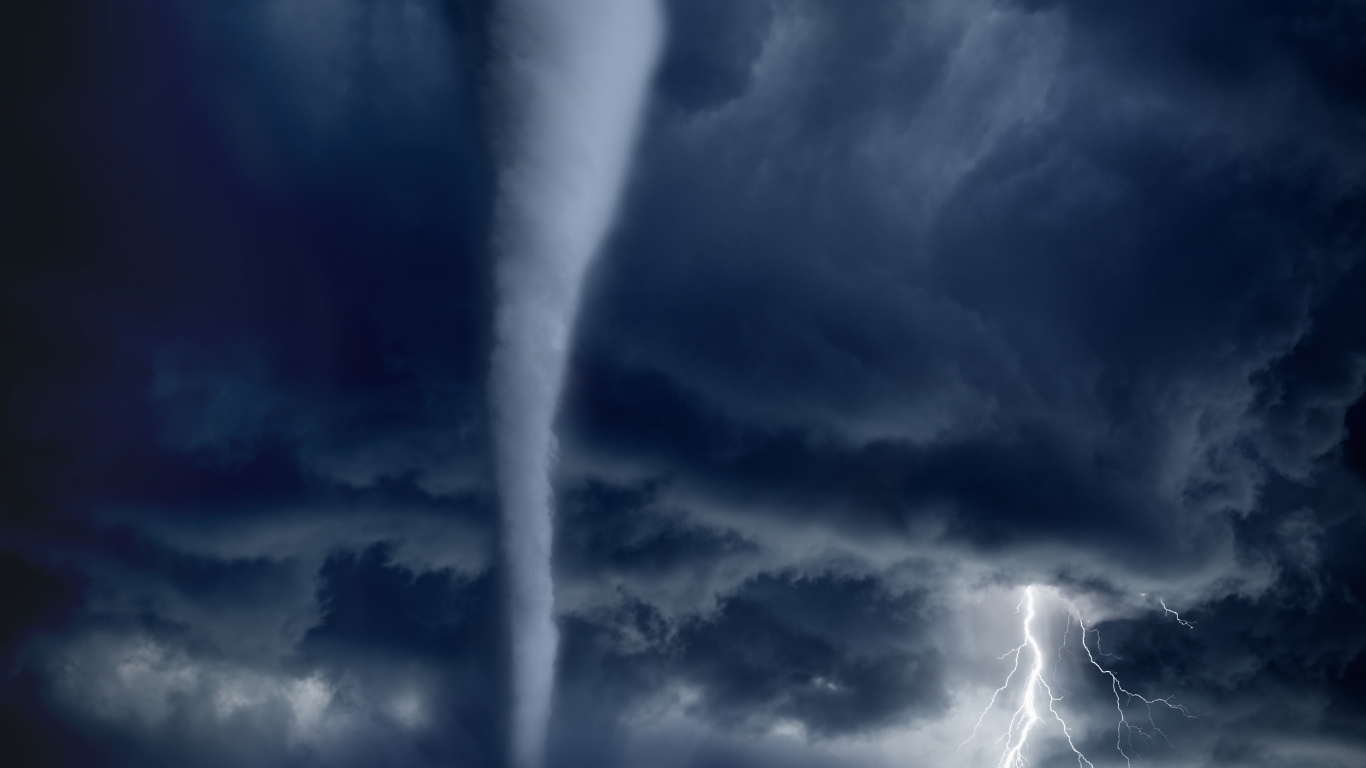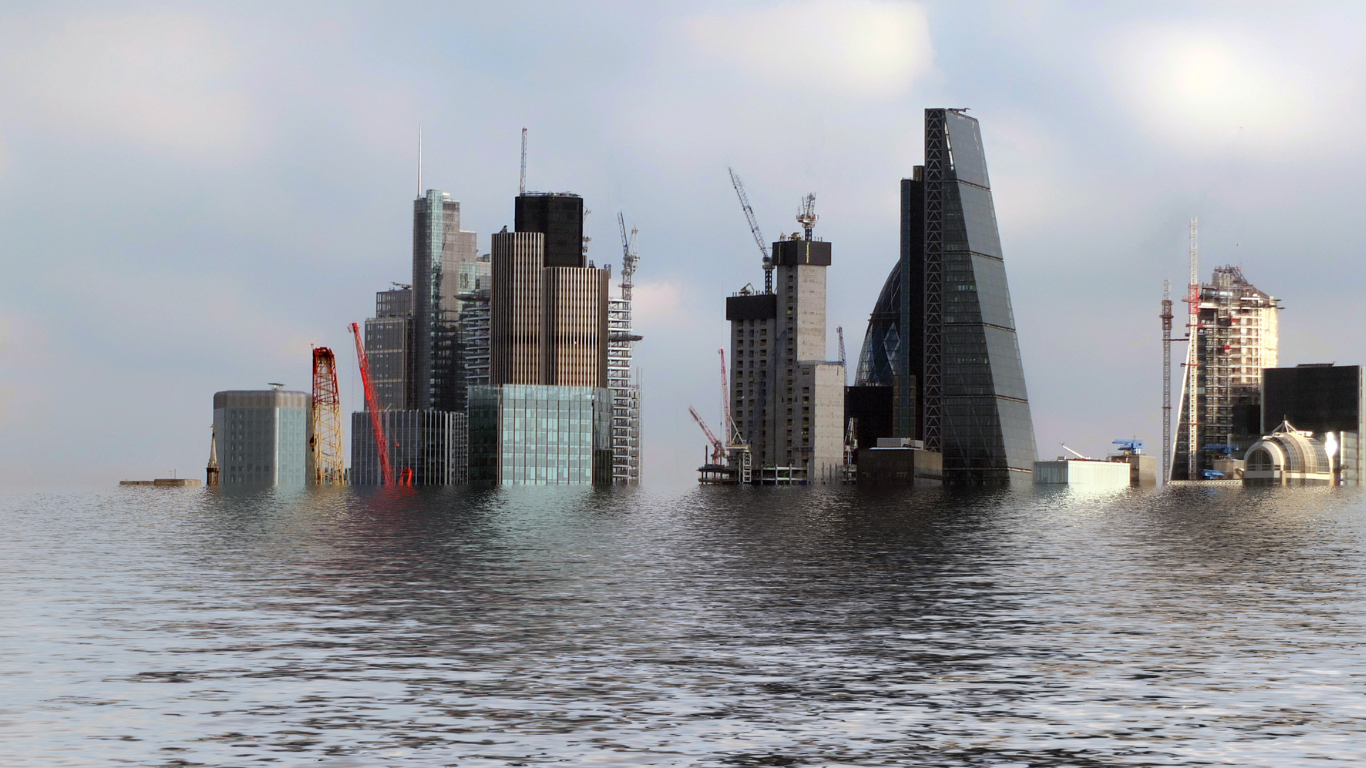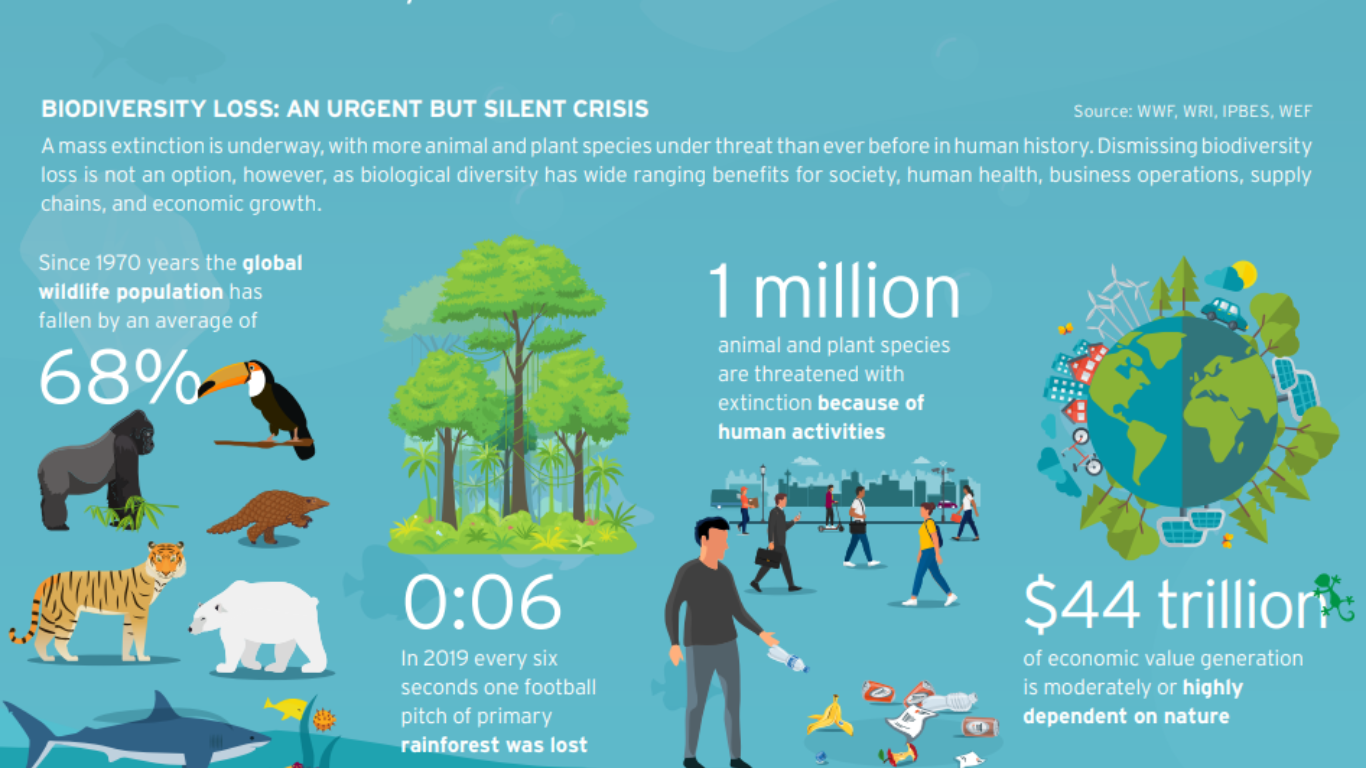The Effects of Climate Change: A Growing Threat to Our Planet

Climate change is no longer a distant threat—it is happening now, with devastating consequences for ecosystems, wildlife, and human societies. The impacts of rising temperatures, shifting weather patterns, extreme weather events, rising sea levels, and biodiversity loss are already being felt worldwide. These changes not only threaten natural environments but also pose significant challenges to human health, food security, and economic stability.
Learn more about rising temperatures from NASA's Global Climate Change portal.
Explore detailed reports on global warming from the Intergovernmental Panel on Climate Change (IPCC).
1. Rising Temperatures

One of the most evident signs of climate change is the steady rise in global temperatures. Over the past century, the Earth's average surface temperature has increased significantly, primarily due to greenhouse gas emissions from human activities such as burning fossil fuels, deforestation, and industrial processes. This warming leads to prolonged heatwaves, wildfires, and disruptions in agricultural productivity, affecting food supply and water availability.
According to the Intergovernmental Panel on Climate Change (IPCC), global temperatures have already risen by approximately 1.1°C above pre-industrial levels, with warming occurring at an accelerated rate in recent decades. If current trends continue, we could exceed the critical 1.5°C threshold within the next two decades, triggering irreversible changes to our climate system.
Key Impacts of Rising Temperatures:
- Heat-Related Illnesses: Increased frequency and intensity of heat waves lead to higher rates of heat stroke, dehydration, and cardiovascular problems.
- Agricultural Disruption: Changing growing seasons and heat stress reduce crop yields and threaten food security worldwide.
- Melting Ice and Snow: Arctic sea ice, glaciers, and ice sheets are shrinking at unprecedented rates, contributing to sea level rise.
- Ecosystem Shifts: Plants and animals are forced to migrate to cooler regions or face extinction when unable to adapt quickly enough.
- Water Scarcity: Higher temperatures accelerate evaporation, intensifying drought conditions in already vulnerable regions.
Learn more about rising temperatures from NASA's Global Climate Change portal.
2. Shifting Weather Patterns

Climate change is altering traditional weather patterns, leading to unpredictable and extreme conditions. Some regions experience prolonged droughts, while others face excessive rainfall and flooding. These shifts disrupt not only agriculture but also water resource management, leading to conflicts over water scarcity and challenges in infrastructure development. Unseasonal weather variations can also trigger pest infestations and crop failures, compounding food security concerns. Additionally, shifting weather patterns affect wildlife migration and breeding cycles, further destabilizing ecosystems and biodiversity.
Key Effects of Changing Weather Patterns:
- Agricultural Disruption: Altered growing seasons and unpredictable rainfall affect crop yields and food production.
- Water Management Challenges: Changes in precipitation patterns complicate water resource planning and infrastructure design.
- Increased Regional Conflicts: Competition for scarce water resources intensifies in drought-prone areas.
- Pest and Disease Spread: Changing conditions allow pests and disease vectors to expand into new regions.
- Ecosystem Disruption: Plant flowering times and animal migration patterns become misaligned, causing ecological imbalances.
- Infrastructure Strain: Existing dams, irrigation systems, and flood defenses may become inadequate under new weather regimes.
Understand how climate change is altering weather patterns from the World Meteorological Organization (WMO).
For data and analysis on shifting weather trends, visit NOAA's official website.
3. More Extreme Weather Events

The frequency and intensity of extreme weather events such as hurricanes, typhoons, tornadoes, and wildfires are increasing due to climate change. Warmer oceans fuel stronger storms, causing widespread destruction of homes, infrastructure, and communities. These disasters displace millions of people, leading to humanitarian crises and economic burdens on governments and organizations. Additionally, extreme weather disrupts supply chains, damages agricultural lands, and threatens public health by spreading waterborne diseases and respiratory illnesses due to increased air pollution. The rising cost of disaster recovery efforts further strains national economies, particularly in developing countries that lack sufficient resources to cope with such challenges.
Key Impacts of Extreme Weather Events:
- Infrastructure Damage: Critical systems like power grids, transportation networks, and water facilities face increased vulnerability and failure.
- Economic Losses: Billions in damage from property destruction, business interruption, and agricultural losses each year.
- Population Displacement: Millions forced to relocate temporarily or permanently, creating climate refugees.
- Public Health Crises: Increased spread of diseases, limited access to healthcare, and mental health impacts.
- Food Security Threats: Crop destruction and livestock loss disrupting food supply chains.
- Resource Inequality: Disproportionate impacts on vulnerable populations with fewer resources to prepare or recover.
4. Rising Sea Levels

Another alarming effect of climate change is the rising sea levels caused by melting ice caps and glaciers. Coastal cities and low-lying areas are at risk of submersion, forcing communities to relocate. In addition to physical displacement, the loss of coastal habitats threatens local economies that depend on tourism, fishing, and agriculture. Saltwater intrusion into freshwater sources endangers drinking water supplies, reducing access to clean water for millions of people. Furthermore, the increased frequency of coastal flooding leads to infrastructure damage, threatening transportation networks, energy production, and urban development.
Key Impacts of Rising Sea Levels:
- Coastal Erosion: Accelerated shoreline retreat destroying beaches, cliffs, and coastal ecosystems.
- Displacement of Communities: Millions of people forced to relocate from low-lying coastal areas and island nations.
- Infrastructure Damage: Roads, bridges, and utilities increasingly vulnerable to flooding and storm surges.
- Saltwater Intrusion: Contamination of freshwater aquifers and agricultural land near coastlines.
- Loss of Wetlands: Destruction of critical coastal ecosystems that buffer storms and support biodiversity.
- Economic Impacts: Declining property values, tourism losses, and increasing costs for coastal defenses.
Track sea level rise and its impacts using satellite data from NASA's Sea Level Change Portal.
Explore research on coastal flooding and sea level rise from the Union of Concerned Scientists.
5. Biodiversity Loss

Climate change is accelerating the loss of biodiversity, putting many species at risk of extinction. Changing temperatures and habitat destruction disrupt ecosystems, making it difficult for plants and animals to survive. Coral reefs, for example, are dying due to ocean acidification and warming waters, affecting marine life and the livelihoods of millions who depend on fishing and tourism. Deforestation and land-use changes driven by climate shifts also reduce wildlife habitats, forcing species to migrate or face extinction. Additionally, changes in temperature and precipitation patterns alter breeding and feeding cycles, leading to imbalances in ecosystems that further threaten global biodiversity.
Key Impacts of Biodiversity Loss:
- Ecosystem Collapse: The disappearance of keystone species can trigger cascading effects throughout entire ecosystems.
- Reduced Food Security: Loss of crop pollinators and diverse food sources threatens agricultural productivity.
- Diminished Medicine Sources: Many pharmaceutical compounds originate from plants and animals now at risk.
- Compromised Water Quality: Healthy ecosystems naturally filter and purify water supplies.
- Increased Disease Spread: Disrupted ecosystems can facilitate the emergence and transmission of zoonotic diseases.
- Economic Losses: Tourism, fishing, and other industries dependent on biodiversity face significant decline.
This loss of biodiversity has profound implications beyond just the disappearance of species. Ecosystem services such as pollination, water purification, and carbon sequestration become compromised, directly affecting human welfare. Scientists estimate that we are now experiencing extinction rates 100 to 1,000 times higher than natural background rates. Particularly vulnerable are specialized species with limited geographic ranges and those already facing other pressures such as pollution or overharvesting. The ripple effects of these losses can cascade through entire food webs, destabilizing ecosystems that humans rely on for food, medicine, and economic stability.
Discover how climate change is affecting biodiversity from the World Wildlife Fund (WWF).
Read reports on species extinction and ecosystem disruption from the International Union for Conservation of Nature (IUCN).